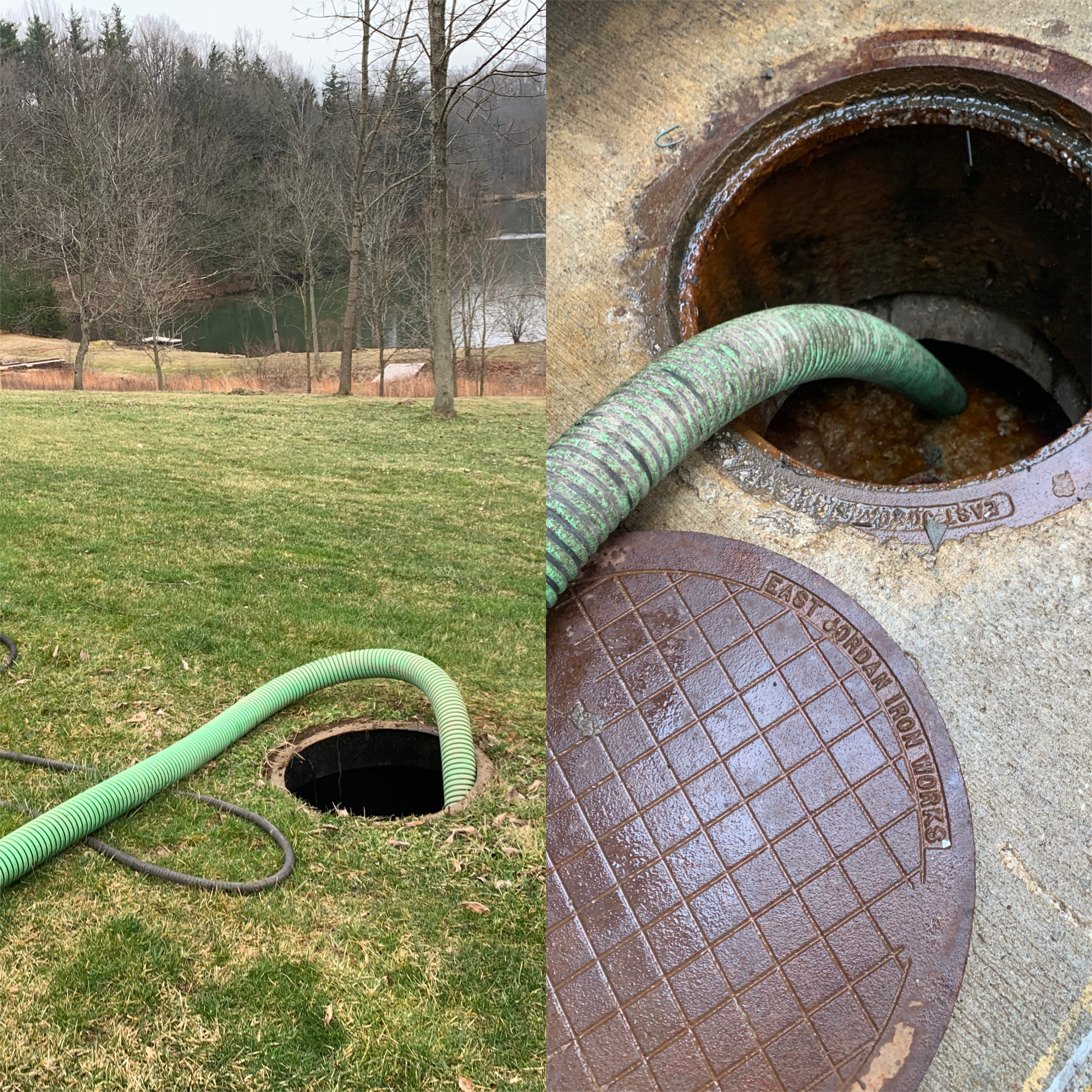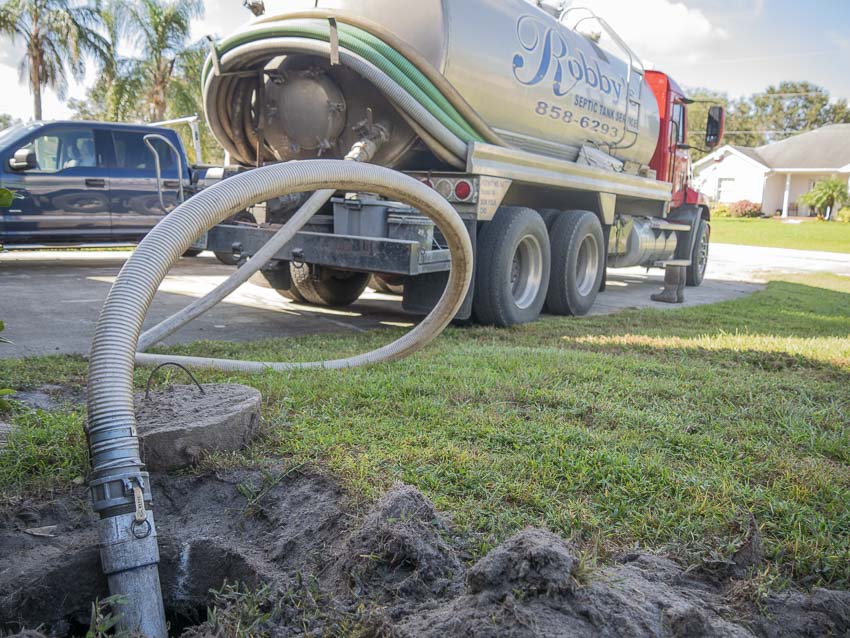The Best Guide To Stillwell Septic And Grading
The Best Guide To Stillwell Septic And Grading
Blog Article
Stillwell Septic And Grading Things To Know Before You Buy
Table of ContentsGet This Report on Stillwell Septic And GradingSome Known Questions About Stillwell Septic And Grading.The Ultimate Guide To Stillwell Septic And GradingAll About Stillwell Septic And GradingOur Stillwell Septic And Grading PDFsAbout Stillwell Septic And GradingThe 6-Second Trick For Stillwell Septic And Grading

Home owners should also inform themselves on the fundamentals of septic tanks to ensure they make educated decisions throughout the installation process - Stillwell Septic. Septic systems are an essential part of lots of homes that are not connected to a metropolitan sewer system. They are designed to treat and throw away home wastewater on-site
The septic tank is a big, underground container made of concrete, fiberglass, or plastic. The storage tank divides the solid waste from the fluid waste.
Excitement About Stillwell Septic And Grading
It is also important to conserve water and avoid overloading the system. Basic procedures such as fixing leaky taps and toilets, installing low-flow showerheads and commodes, and spreading out washing lots can assist minimize water usage and extend the life of the septic system.
The topography of the site is also evaluated to guarantee that the septic tank is installed at the right elevation. https://stillwellsag.weebly.com/. The system needs to be mounted at a greater elevation than the surrounding area to stop contamination of the surrounding atmosphere. Obstacles are the minimum distances called for by law in between the septic system and other frameworks or attributes such as wells, structures, and residential property lines
The proposed elevations of the system are identified based upon the outcomes of the soil evaluation and topography examination. The elevations will ensure that the septic system works appropriately, and wastewater is successfully dealt with - Septic Installers. Finally, a site assessment is a crucial action in septic system installation. It ensures that the septic system is installed in the most optimal location, taking into account the soil, topography, and setbacks.
Fascination About Stillwell Septic And Grading
Prior to setting up a septic container, property owners require to acquire permits and comply with laws. Some of the licenses and policies that house owners need to consider consist of:: Home owners need to obtain a permit from the regional health and wellness division or structure department prior to mounting a septic system.
For circumstances, some districts may call for a minimal whole lot size for septic system installation.: Property owners need to comply with ecological policies when mounting a septic system. As an example, some states may call for an environmental influence analysis prior to mounting a septic system.: Home owners require to conform with construction guidelines when mounting a septic system.
Some Known Details About Stillwell Septic And Grading
Some districts may call for regular examinations and pumping of the septic tank. Non-compliance with authorizations and regulations can cause penalties, charges, and even lawsuit. As a result, it is essential for property owners to obtain licenses and abide by laws prior to setting up a septic system. When it comes to choosing a septic storage tank, home owners have a couple of options to think about.
One of the most important elements to take into consideration when selecting a septic container is the dimension. A sewage-disposal tank that is also tiny for the home's requirements will call for even more frequent pumping, while a container that is too big can cause extreme water accumulation and potential system failure. A general guideline is that the container needs to be able to hold at the very least 2 days' worth of wastewater.
The Ultimate Guide To Stillwell Septic And Grading

It's also important to consider the type of system the septic container will be used with. There are two main types of septic systems: gravity and pressure.
Get This Report on Stillwell Septic And Grading
On the whole, picking the appropriate septic container for a home is an important decision that needs mindful factor to consider. Before mounting a septic storage tank, property owners need to take certain actions to prepare for the setup process.
Here are some crucial security measures to adhere to: Use safety gear: Property owners need to wear protective gear, such as gloves, boots, and helmets, to stop injury during the installation procedure. Avoid electrical lines: Home owners must stay clear of excavating near electrical lines to avoid electrocution. Usage caution when operating heavy equipment: Homeowners have to utilize care when running heavy equipment to avoid mishaps and injuries.
Excitement About Stillwell Septic And Grading
By adhering to anchor these essential steps, homeowners can make sure a successful septic system installation procedure. Septic container installation is a vital procedure that requires careful planning and implementation. Homeowners who are installing a sewage-disposal tank for the very first time should understand the necessary steps involved in the procedure to guarantee that their septic tank works effectively and properly.
Report this page